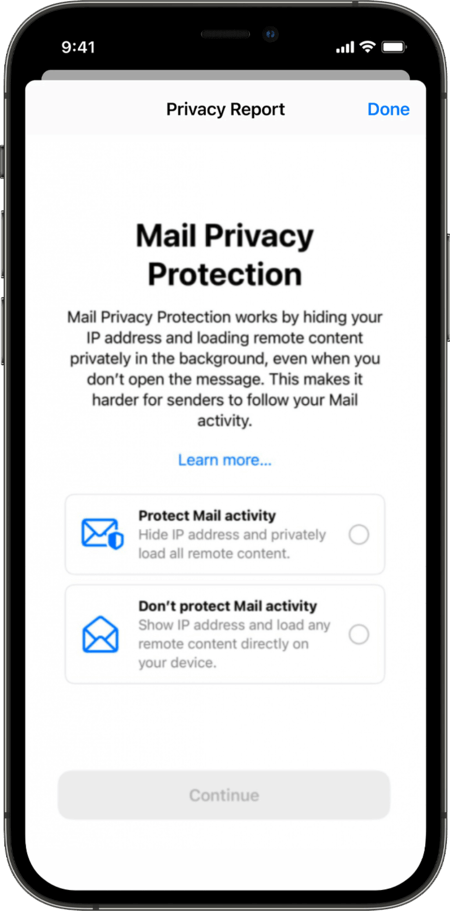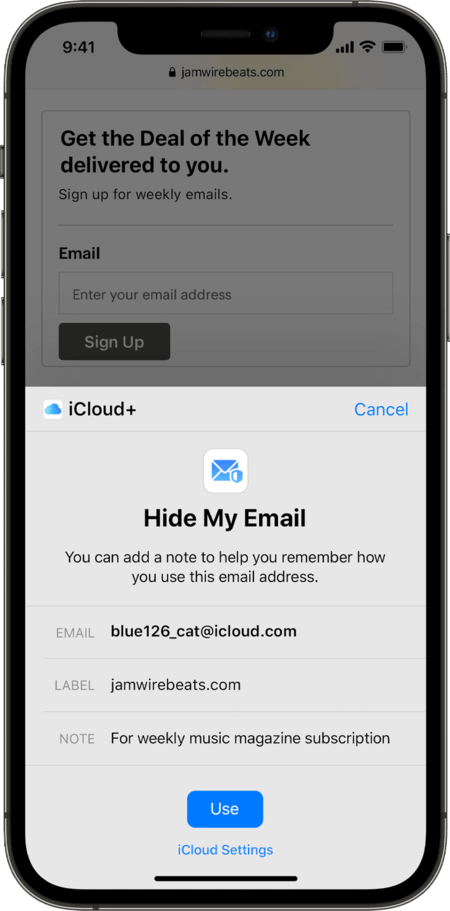Apple iOS 15 privacy update: Bracing for its impact on email marketing
 Srikant Kotapalli
Srikant Kotapalli
Aug 5, 2021
 Srikant Kotapalli
Srikant Kotapalli
Aug 5, 2021
 Srikant Kotapalli
Srikant Kotapalli
Aug 5, 2021
 Srikant Kotapalli
Srikant Kotapalli
Aug 5, 2021
Apple’s annual Worldwide Developers Conference (WWDC) in June 2021 has laid the firm foundation for the commercial rollout of iOS 15 later this year. With this software update, users gain greater control over their data and with whom they share it. This is yet another stride towards reinforcing Apple’s legacy reputation around user privacy and security.
Amidst these announcements, there are two noteworthy features – “Mail Privacy Protection” and “Hide My Email” – that promise to impact email marketing as we know it. For brands and marketers, this assumes greater significance since Apple accounts for 16% of the global smartphone market. Additionally, the rising adoption of its native Apple Mail app – across the iPhone, iPad, and Mac – merits recalibrating email marketing strategies at scale.
Sounds daunting? Not quite! Let’s dive into the hype, demystify the impact of these features, and determine how marketers can innovatively combat them.
Mail Privacy Protection (MPP)
Hide My Email
It’s not all doom and gloom!
The road ahead: Our recommendations
Parting thoughts
This feature will provide iOS 15 email users the choice to load remote content privately without disclosing their IP addresses. To enable this, users will need to explicitly opt-in. Once enabled at the user (or subscriber) end, the feature will prevent brands (or senders) from deploying invisible pixels in their emails to collect user-specific information. Unfortunately, this means that senders won’t be able to accurately track email engagement open rates.

Today, most email service providers embed an invisible single-pixel image in their campaigns to gauge whether a subscriber opens an email and how frequently. The single-pixel image lays the foundation for tracking unique and gross email open rates. Traditionally, these engagement metrics have been critical to the long-term success of a marketer and an effective email marketing program. But, with MPP, that won’t be feasible.
Beyond the inability to track open rates, marketers will find it harder to:
This new feature update will allow users to receive promotional marketing offers whenever they sign-up on the brand website or mobile app – through a random Apple-generated email address.

Users don’t need to use their email address and instead have Apple forward such campaigns to their “temporary” email address linked to their primary email account. These temporary email addresses can be deleted at any time, at the discretion of users.
Simply put, email marketers will have to contend with:
There’s no denying that these updates will impact modern-day email marketing. But, this also offers marketers the opportunity to actually level up their email marketing game.
The reality is that email open rates aren’t always accurate! This is because major email service providers such as Gmail, Outlook, or even Thunderbird, don’t load the single-pixel image – used to track opens – by default. This means that there can be occasions when subscribers receive and open an email, but it doesn’t get tagged as an open since the pixel can’t track that user action.
Also, the non-Apple user market is still sizable. Something that calls for less panic and more proactiveness.
At Insider, we’ve evaluated the situation from multiple angles and recommend the following action points to prepare and elevate email marketing strategy:
All change is hard at first, messy in the middle and glorious in the end. As marketers, remaining agile and adapting to evolving customer behavior, industry trends, and algorithmic platform changes is an essential part of the job. And, the iOS 15 updates are no different in that regard for the future of email marketing.
Challenges present opportunities. And, the opportunities can be maximized through innovative solutions. And, with Insider by your side, your conversion-focused email marketing strategy is in good hands.

Written by
Srikant Kotapalli
Srikant is a seasoned product marketing leader with 15+ years of experience in building and marketing SaaS products. As VP of Product Marketing at Insider, Srikant is responsible for Insider's product positioning, GTM and analyst relations. When not working on product marketing projects, Srikant loves exploring the design and engineering of things